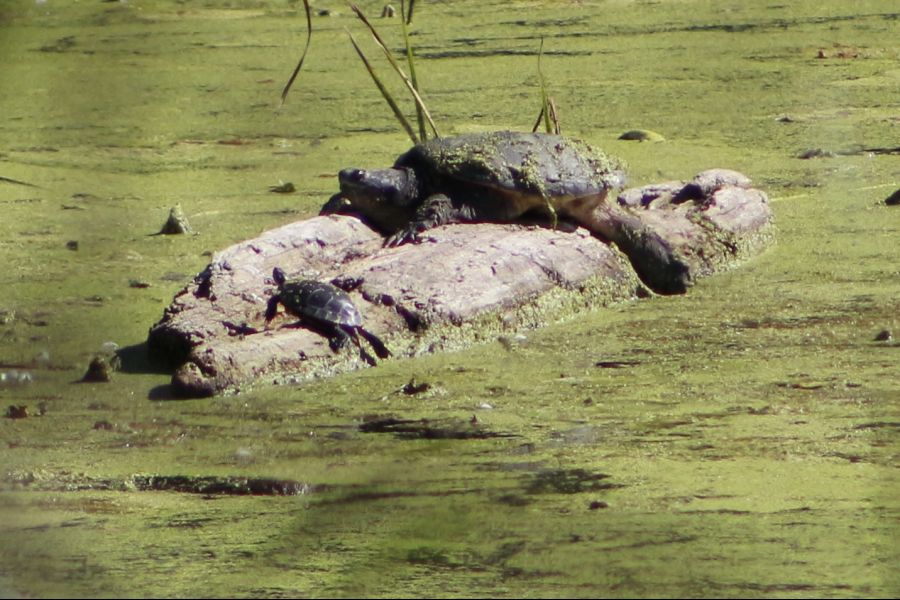How about that heat wave we just had? The hot and steamy days of a Niagara summer sweat a nostalgic feeling out of me. I associate these days with mountain biking up on the Niagara Escarpment, camping in lush forests, and riesling on the back patio.
Speaking of wine — the dog days of summer also remind me of the unending chains of cyclists, sipping and pedalling their way around NOTL’s countryside in search for delicious wines and some good laughs.
The wine route provides many stops for bikers and other visitors alike.
Of course, leopard frogs, white-tailed deer, milk snakes and coyotes don’t require world class beverages, but they do need their own routes in town. Let’s draw some parallels between the wine route and the wildlife route, and which one could use an upgrade around here.
Let’s suppose there are six wineries you want to visit on the wine route — it’s a big day.
After the first stop, you pile into your tour bus or hop on your bike, and you know your next stop can’t be far because we are lucky to have so many wineries in Niagara.
Now imagine the few remaining chunks of natural space in NOTL are stopping points for local wildlife.
As a biological law of nature worldwide, habitat connectivity between these points has enormous benefits to an ecosystem.
Keeping habitats connected ensures that species don’t become isolated and inbreed, which keeps the genetics healthy, and additionally segregated islands of habitat can become too crowded or poor in quality to function like a healthy ecosystem.
Since 2005, NOTL has lost some of its last key habitat corridor areas.
In once case, up until about a year ago, there was a figurative “ring of green” around the outskirts of our downtown district.
When the area behind Two Sisters Winery was very suddenly clear-cut, we removed what I believe was a vital linkage of this green ring, where wildlife used these different parcels of habitat to move around the urban areas. I’ve heard the argument that this particular forest was removed because it was not an old-growth forest, and much of its composure was dead or dying ash trees.
When so little natural habitat remaining in NOTL, that spot still had value to wildlife for a variety of reasons.
The example I just used isn’t meant to stir up a controversy of wine versus wildlife, because let it be made clear that I love both. I do however feel that our town has a responsibility to give back to nature when we can, and to mitigate further damages to our precious biodiversity.
We can do everything else so elegantly and calculated in NOTL, so let’s not forget about our other inhabitants with our decision making.










